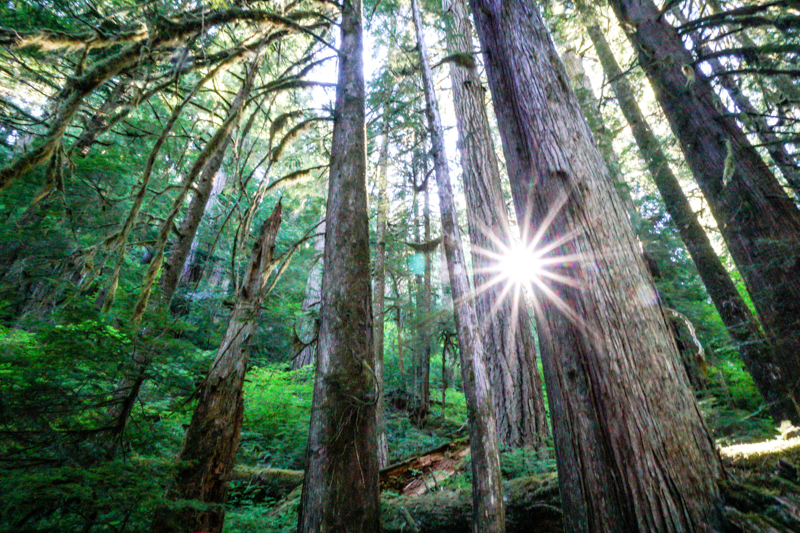Studying forest dynamics takes decades, even centuries. The western Cascade Mountains of Oregon, including the H. J. Andrews Experimental Forest, harbor centuries-old stands of old-growth forests, which are known for their high biomass, complex structure, and multi-layered forest canopies. In 1971, scientists established multiple permanent sample plots across the H. J. Andrews Experimental Forest and elsewhere in the region, largely to study old-growth forest ecosystems. Scientists continue to visit the plots every year. For every tree in each plot, researchers measure health, growth, and mortality. Over the years, we have learned about how forests develop into complex, old-growth forests, the processes that maintain that complexity, the importance of that complexity for how these forests function, and what might happen to these forests in the future. As of the time of this post, August 24, twelve of the permanent sample plots have burned in the Lookout fire.
To learn more about this long-term research, visit the story map, Plotting the Future by Monitoring the Past. You can find photos of the field work and the forests in our 2018 photo album and our 2021 photo album, and photos from a resurvey after the 2020 wildfire.
First posted August 24, 2023

